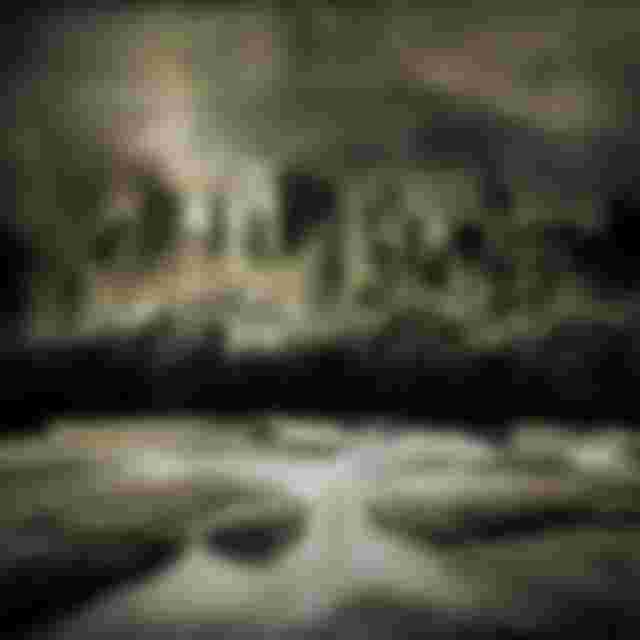Dangerous Sites to Stay Away
Hazardous Living Places
There are quite a few extraordinary cities in the world. Some of these cities are famous for their gigantic size and population, some for their natural beauty, and some for their architecture, and it is a well-known fact that these magnificent cities host millions of tourists every year.
However, some cities that people should stay away from are built on the farthest reaches of the world and therefore quite dangerous. In today's article, I will tell you about these incredibly dangerous cities. At the end of the article, you will really wonder what the people who built these places think.
Let's start…
Craco Village, Italy

Craco is an extraordinarily dangerous place. So much so that families who have lived here for generations finally decided to leave. We can call this place a ghost town now. Yes, nobody lives here nowadays. This village, which looks like a pile of ruins, was actually abandoned due to landslides towards the end of the 20th century. These natural disasters were caused by faulty pipe works. The landslide forced every inhabitant of the village to move. Today, Craco has become a popular tourist destination and is often used as a filming location for movies and television shows.
Hilo, Hawaii

Actually, this city is not located on the edge of a dangerous zone. Instead, it was built directly next to a structure that could self-destruct. Hilo is located on the edge of the world's largest volcano called Mauna Loa. This volcano produces lava at a higher rate than any other volcano in Hawaii, and most of the Mountain's vents and crevices are fairly close to the city. Land within the city limits was destroyed by lava twice in 1885. In 1985, the lava flow managed to approach about 7 kilometers outside the city. On the other hand, the fact that the molten lava coming from the volcano is incredibly slow and leaves enough time for luck, causes local people not to see this situation as a big danger. However, in a possible scenario, these people will have to leave their homes and belongings behind.
Hanging Houses of Cuenca, Spain

These houses are located in Cuenca, Spain. This is a residential complex and was built a long time ago. So much so that such houses were once considered quite normal in the region. Only a few of these houses still stand today. One of the surviving houses has been used as a town hall, another as a restaurant and one as the Spanish Museum of Abstract Art in recent years. However, the most popular of these structures is the 3 building complex with wooden balconies. The strange thing is that we still don't know the real purpose of making these hanging houses. According to experts, these houses are known to date back to the 15th century, but they were renovated several times afterward. The last house was built in the 1920s. As a result, this small village full of mysterious houses is a must-visit for travelers interested in historical architecture.
Nebida Laveria, Italy

This place is very similar to Craco, but the area is not completely deserted. There are still people living here. However, let me state that the village was built in an extremely dangerous place. In this village, there are mainly workers working in the old lead and zinc mines in Nebida. Houses are built around a square, and the area also includes a workers' rest center, a health centre, administrative offices and even a church. In 1910, about 3000 people lived in the village, one-third of them miners. Nowadays, Nebida looks like a ghost town with a population of only 100 people. In fact, the mine reached its peak productivity in 1913, but the mining crisis of the 1970s brought the village to an end. Considering its location, it seems that even a light wind could cause the entire village to collapse and slide into the sea. Also, this town is recognized by UNESCO as it is a vital part of the Sardinian Geomineral Park.
Catellfollit De La Roca, Spain

This village is built on a narrow strip of basalt rock in Catalonia, Spain, and the approximately 50 meters high zone is 2 houses wide. This place between the Fulvia and Toronto rivers came into existence thanks to the corrosive effect of ancient volcanic eruptions on lava residues, with homes often made of volcanic rock. This village was originally built in the Middle Ages and is full of dark narrow streets and squares. Its natural defensive location adds strategic value to the city. One of the smallest villages in Spain, Castellfollit De La Roca is still home to many happy locals. The town also has many 13th century structures. For example, the San Salvador Church is literally positioned on one side of the cliff. The area also has a relatively modern side, with swimming pools and facilities offering many activities to residents and tourists alike.
What do you think is the most frightening place?





Its Craco village for me